The city with the most Hakkas in Guangdong is too hard to get angry
Author:Guangdong Communist Youth Leag Time:2022.07.06
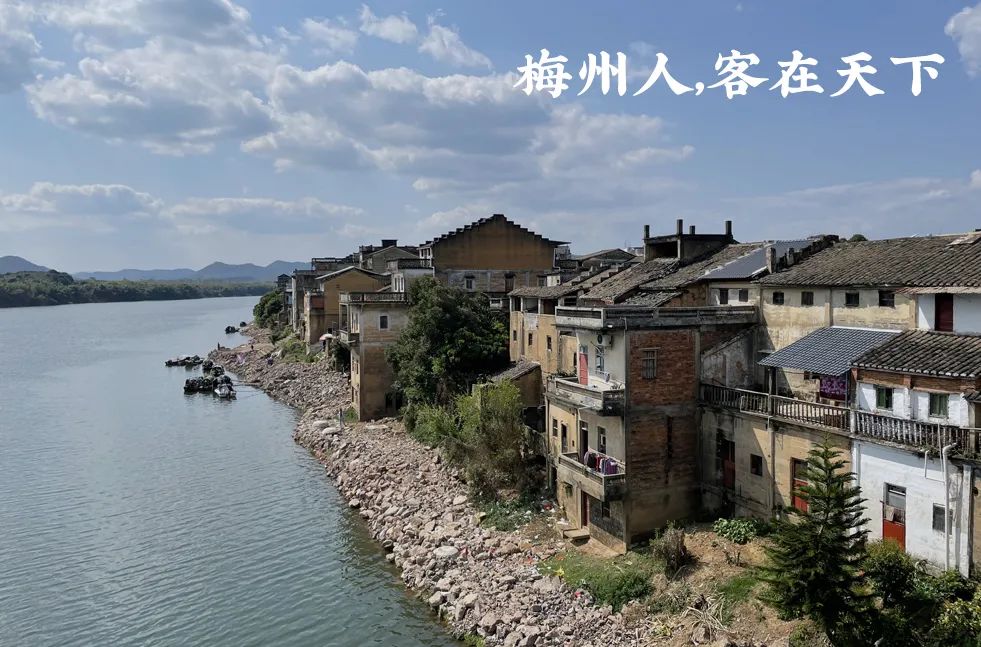
In the northeast of Guangdong Province, a city is hailed as "the world's capital." She ambush outside the Pearl River Delta and Chaoshan area, low -key, but hard, this is Meizhou.
The impression of the food circle to Meizhou, in the beauty of Hakka cuisine, people's unforgettable plums, stuffed tofu, and salted chicken.
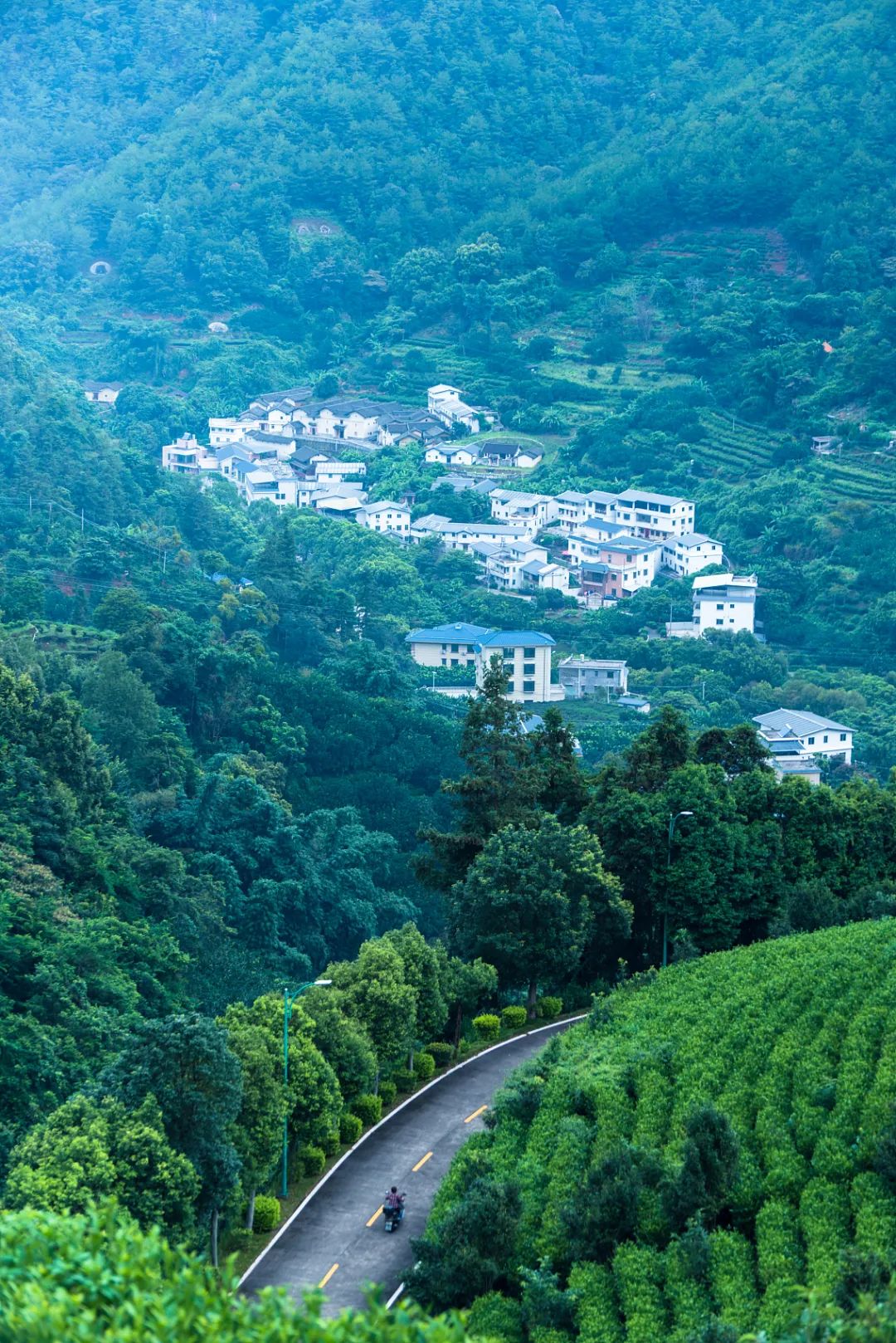
△ "World Capital" Meizhou is low -key, but hard. /Visual China
If you pay attention to football, you may be hoped to be in Meizhou. Meizhou is known as the name of "hometown of football". Wuhua County, Meizhou flew a Chinese Super League team, a county -level Chinese Super League team, and the country is unique in the country.
Guangdong is the province with the most Hakkas, and Meizhou is the most concentrated city in Guangdong Hakkas. With an area of 15,800 square kilometers, more than 5.4 million people have gathered, and more than 97%are Hakkas.
Among Taiwan, more than 5 million Hakkas in Taiwan, 1.8 million their ancestors were in Meizhou, and there were countless overseas Hakkas. Therefore, Meizhou is also one of the largest overseas Chinese hometown in China.

△ "Hakka style" clay sculpture exhibition in Meizhou, Guangdong. /Figure insect creativity
As an ancient city that has precipitated the historical culture and folk customs of Hakka, the cultural self -confidence and charm of this city will undoubtedly deserve the recognition of the world.

The survival philosophy of Meizhou Hakkas
The old saying is often said: "There must be guests in Fengshan, no guests can't live in the mountains." In the war, in order to avoid disputes with indigenous peoples in the flat areas, most of them chose to build a house in a mountain or hill belt to live and work.
This memory seems a bit bitter, but it is not completely helpless.
Hakkas often say: The woods of the heavens must have its roots; the water of Huaishan must have its source.
The long -term migration may make them more willing to accompany the landscape and choose a living to live a peaceful life.

△ Meizhou Yina Mountain Rizhao Five Finger Panorama. /Visual China
The map of Meizhou may be able to find the philosophy of life of the Hakkas.
At the junction of Fujian, Jiangxi, and Guangdong provinces, the border between Fujian and Guangdong, which has gradually declined from the northern Fujian and Guangdong border, showing a trend of the northern high and south. Meizhou has the sayings of "Ba Mountain, one water, one point field", surrounded by Lianhua Mountain, Fenghuang Mountain, Wuyi Mountain Sanshan, Hanjiang, Rongjiang, Dongjiang three major water systems, Xingning Basin, Meijiang Basin, Tangkeng Basin and other three three three three water systems. Basin around the city, the forest coverage rate is as high as 74.35%, ranking first in the province.
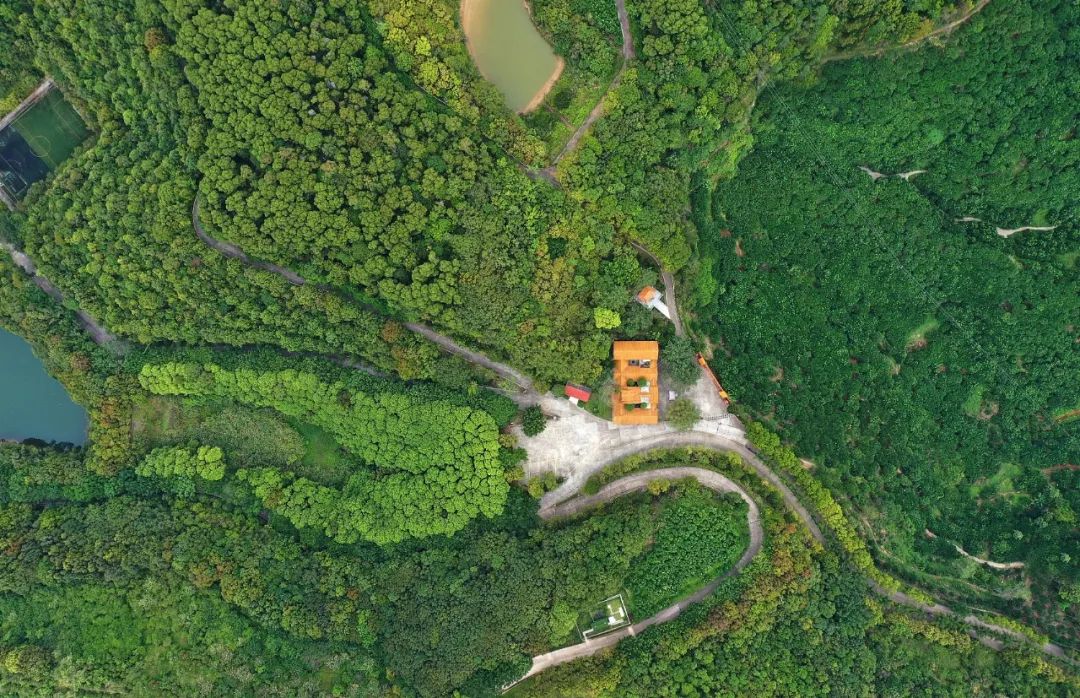
△ Aviation in Yanshan Lake International Garden, Meixian District. /Visual China
The Hakka people have a soft spot for mountains and waters, so they are the land of poor mountains and waters, and they are also pioneered and transformed, or they are regarded as the ideal living pattern of green mountains and green water.
In the old Lingnan, there were a lot of wasteland to reclaim between the mountains and hills. The Hakka ancestors who escaped from the Central Plains from the Central Plains. The houses they built in the mountains and rivers are very unique. Large farmland planting in flat valleys is scattered, forming a traditional village of mountain -water -house -houses.
In the "Hakka State" gathered by the Hakkas, namely Ganzhou, Tingzhou (now Longyan and Sanming City), Huizhou, and Meizhou, maybe Meizhou is a relatively comfortable area for Hakka people. Looking at their traditional residential patterns, they may see the philosophy of survival respect for generations.
Some people call the dragon house as "the historical book of rammed earth", perhaps because it records the history of Hakka development and the life history of Hakka.

△ Meizhou Weilong House is spectacular.
The most widely distributed residential houses are the most widely distributed, the most local characteristics, and the most prestigious residential houses. According to the statistics of the cultural relics departments of various counties and cities in November 2017, there are more than 5,000 Hakka Waitong House in the city, and more than 1,000 main buildings are preserved. Among them, Xingning was also rated as "the hometown of China Dragon House". The number of local dragon houses and the construction area in the Hakka Waiwu House in Nanyue can be called the first.
Most of these dragon houses are built on the foothills of the mountains, facing the mountain forest, or planting trees behind the house. There are sun -cottage and cold Hing and ponds in front of the house. The landscape becomes a skeleton supporting the dragon house, and the dragon house that looks approximately oval, forms a strong sense of order and strict symmetry and defensiveness. This is also the embodiment of the peaceful and stable life order of the Hakkas.
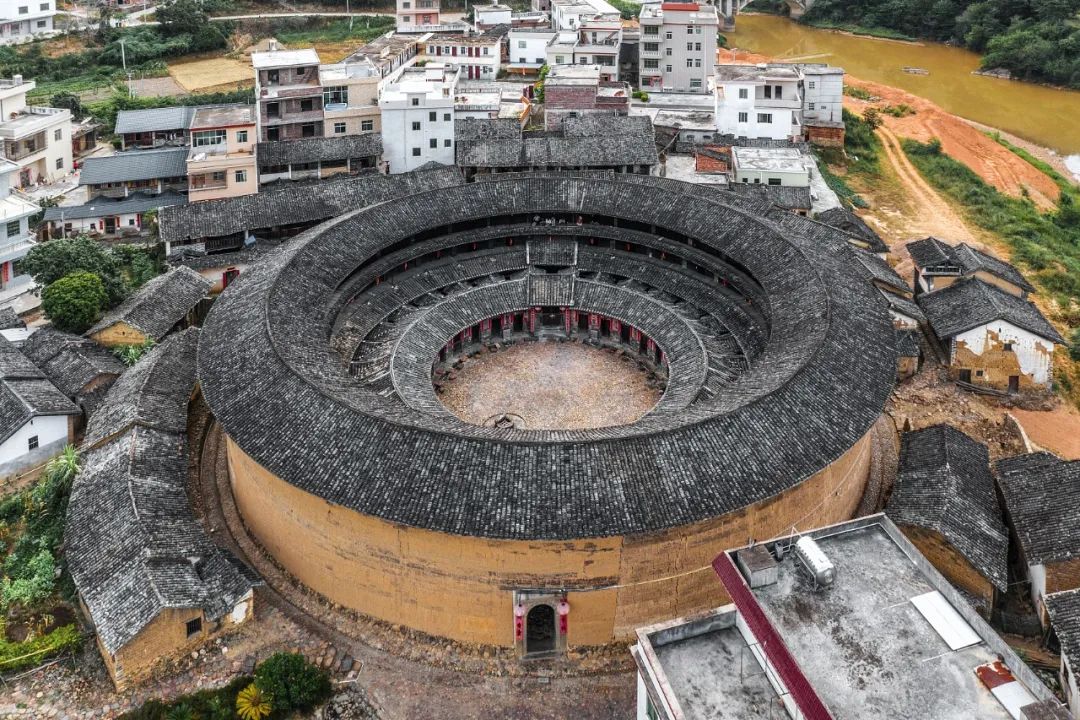
△ Hero Tower, Dapu County, Meizhou. /Visual China
In Meizhou, you can see many popular Hakka buildings -the most "Internet celebrity" Tulou is the Dapu Hero Tower. The exquisite design and unique structure make it be regarded as the largest, most exquisite design, and most complete household houses in Guangdong, which is a major wonders of world residential buildings.
What's more valuable is that now the old house still lives in more than ten households, and it still exudes a strong and simple life atmosphere.
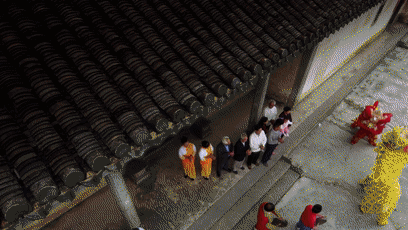
△ Hakka style in the dragon house.
The earliest dragon house in Meizhou architecture was the former residence of Cai Mengji, which is located in Songyuan Town, Meixian County. It is said that it was built around 1185 in the Southern Song Dynasty. Cai Mengji was also the famous anti -Yuan national hero and poet during the Southern Song Dynasty.
The Gonggong Temple in Shuizhai Town, Wuhua County covers an area of nearly 30,000 square meters, and is the largest dragon house; Qiu Fengjia's former residence is the highest cultural relics -level surrounding house and is a national key cultural relics protection unit.

△ Qiu Fengjia's former residence. /Visual China
The highest altitude in China is the ancestral temple of the Wang of Causeway Lake Village. It is located on the Tonglu Mountainside of Shatian Town, Fengshun County, with an altitude of about 1100 meters.
On such a high mountain, the mountains and rivers are built due to nature, and the small villages are unique to a hidden immortality.
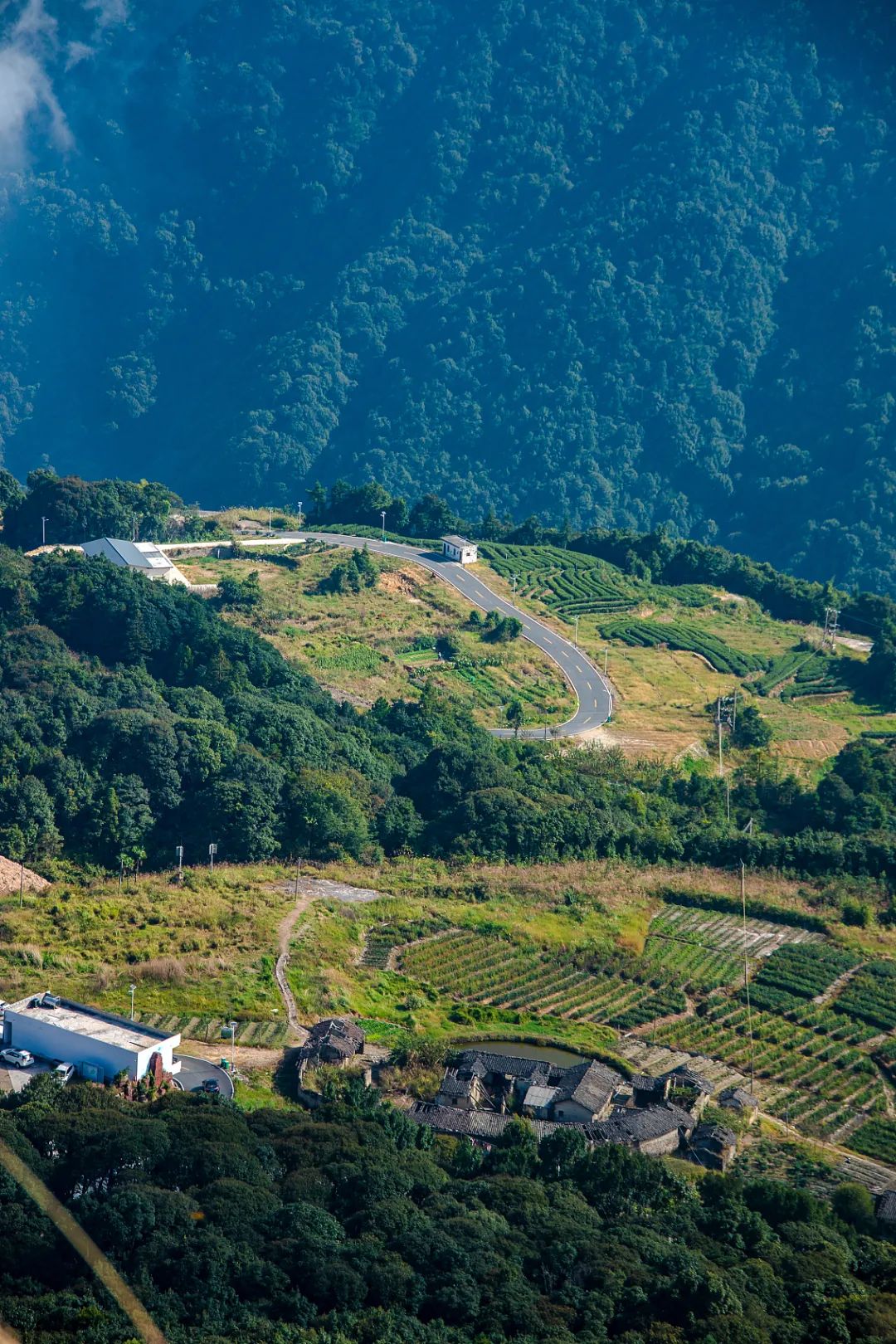
△ The fence on the copper drum. /Visual China

Hakka people's past patterns: Hakka world
If the mountain is the dependence of the Hakkas of Meizhou, the Meijiang on the upstream of the mountain, maybe the Meizhou Hakka people go to the world. They all the way to the Shantou Harbor along the Meijiang Water Road, and the south ocean.
In the early years, such a folk proverb was circulated in Nanyang: "Guests open the port, Guangrenwang ports, and tide people occupy ports." In other words, the three major people's departments of Nanyang have always showed their magical powers. Some scholars believe that the merchants are the most "Confucian merchants" temperament among the three. Although they are in contact with marine culture later, they will never be a heavy business, and they can see the relics of the Central Plains and are more proficient in the interaction of political and business relations.
Poor is thinking about changes, and it is thoughtful. There are many places in Meizhou, and they would rather wander food outside, and did not want to keep the stove at home. There is such a sentence circulating in the local area: "Bare -handed fist flying into the world, and a pair of pants brings Nanyang."
The history of the Hakka people went to Nanyang as early as the end of the Southern Song Dynasty. After the termination of the sea ban in the 19th century, more and more Hakka people went to Southeast Asian countries. Among them, Hakka overseas Chinese in Malaysia, Indonesia, and Thailand had the largest number.
How did these Meizhou Hakkas make famous in the world? Looking at the history of business elite entrepreneurs active in Southeast Asia at the time, you will find that most of them are inseparable from the fields of tin mining and rubber industry.
In order to survive, these Hakkas have been hardworking, hardworking, and hard work, especially the extremely difficult, dirty and dangerous types of workers such as cutting rubber and opening tin ore, and they are turn.
Many high -rise buildings, docks, and highways in Hong Kong are built by Li Haoru, "Wuhua Stone Messenger", were involved in the construction of the "Wuhua Stone Artists"; Zhang Yishi, Guangdong, who was known as the "richest man in the South Ocean", was a well -known guest in modern times. At the age of 18, she was in a small number of overseas Chinese paper in Jakarta, and then involved grape wine, industrial manufacturing, railway transportation, agricultural and animal husbandry reclamation, mining mining, etc.; Zhang Rongxuan and Zhang Yaoxuan in Matsukou, Meixian County operated rubber in Java, Indonesia, Become a well -known overseas Chinese -headed figure in Mianlan in Indonesia.
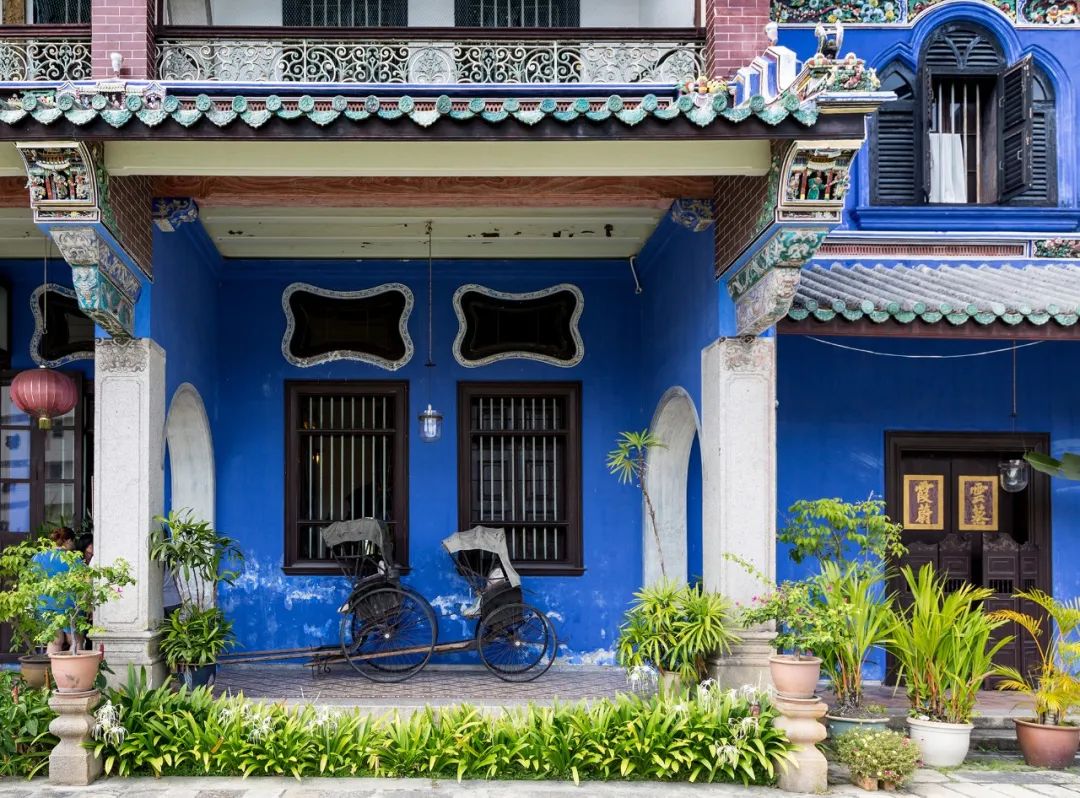
△ Zhang Yanshi's former residence in Malaysia. /Wikipedia
If you want to appreciate the "overseas Chinese style" of Meizhou, you may wish to walk in the ancient town of Songkou.
Located in the Songkou Ancient Town in the lower reaches of Meijiang, it has been formulated earlier than Meizhou. It has a history of more than 1,000 years. The statement is one of the homes that the Hakkas have moved from Min to Guangdong, and it is the first stop of the Hakkas of the East of Guangdong after the end of the Ming Dynasty. According to statistics, the total population of Songkou Town in 2015 was 73,000, while more than 80,000 overseas Chinese living abroad.
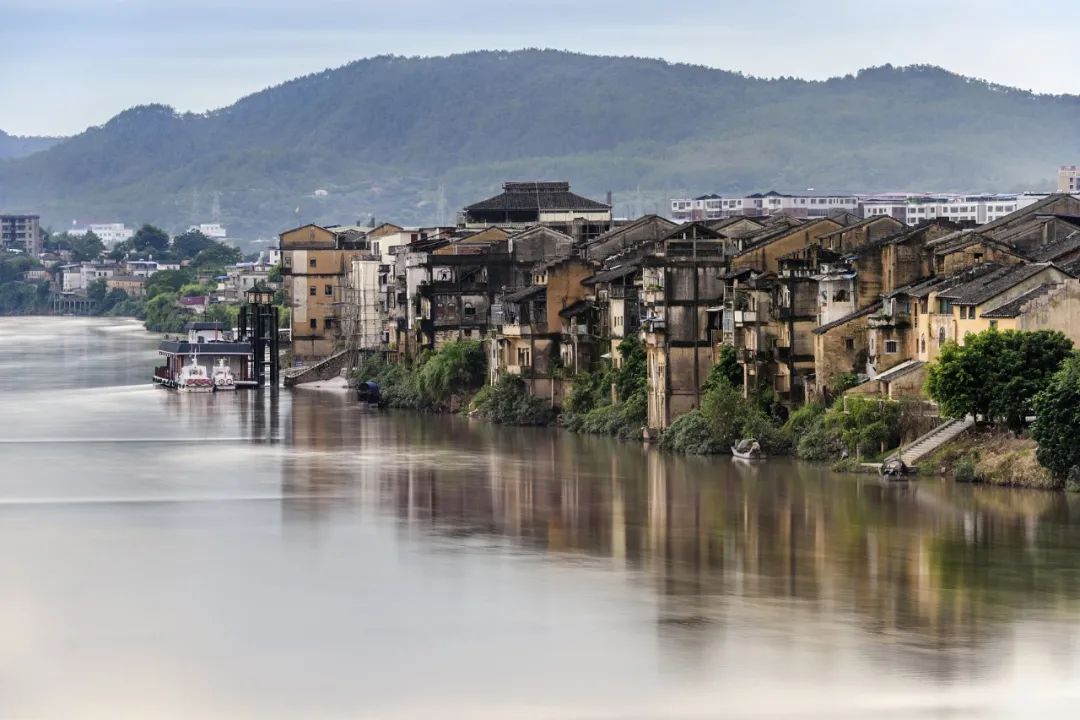
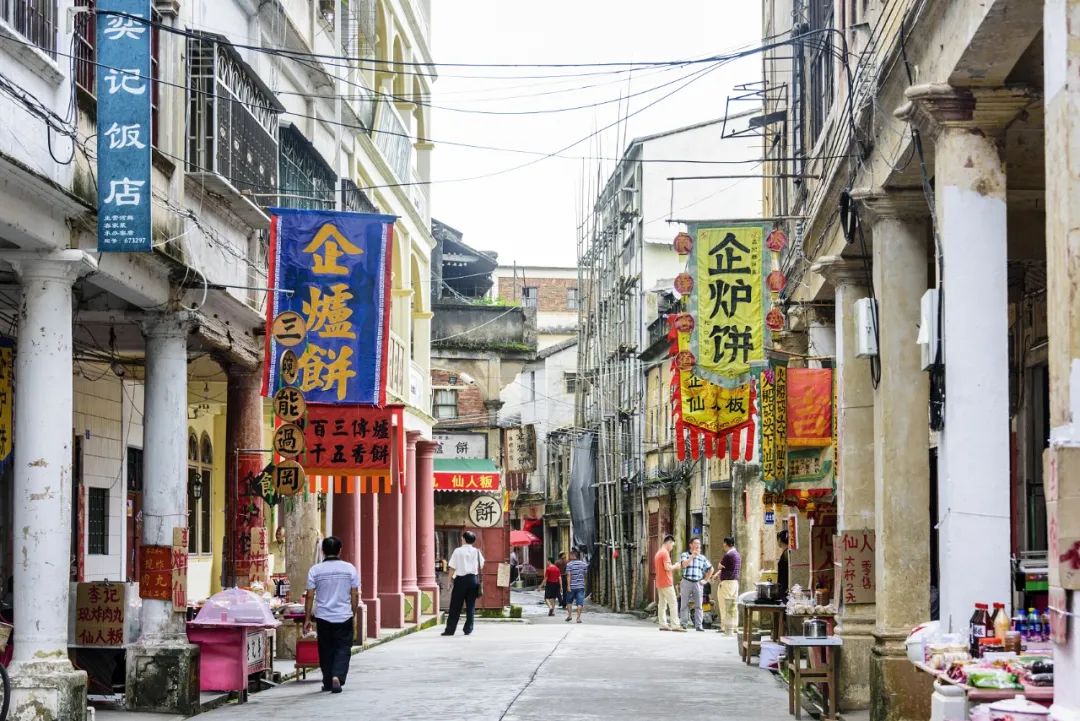
△ Nanyang Riding Tower in the ancient town of Songkou. /Visual China
According to the local old population, Matsukou Town in the 1920s and 1930s was like "no night city" and "small Hong Kong".
Nowadays, when it comes to the ancient town of Songkou, the streets of the Ming and Qing Dynasties are faintly retained. On the streets with hundreds of meters long, the ancient shops combined with China and the West are lined up.
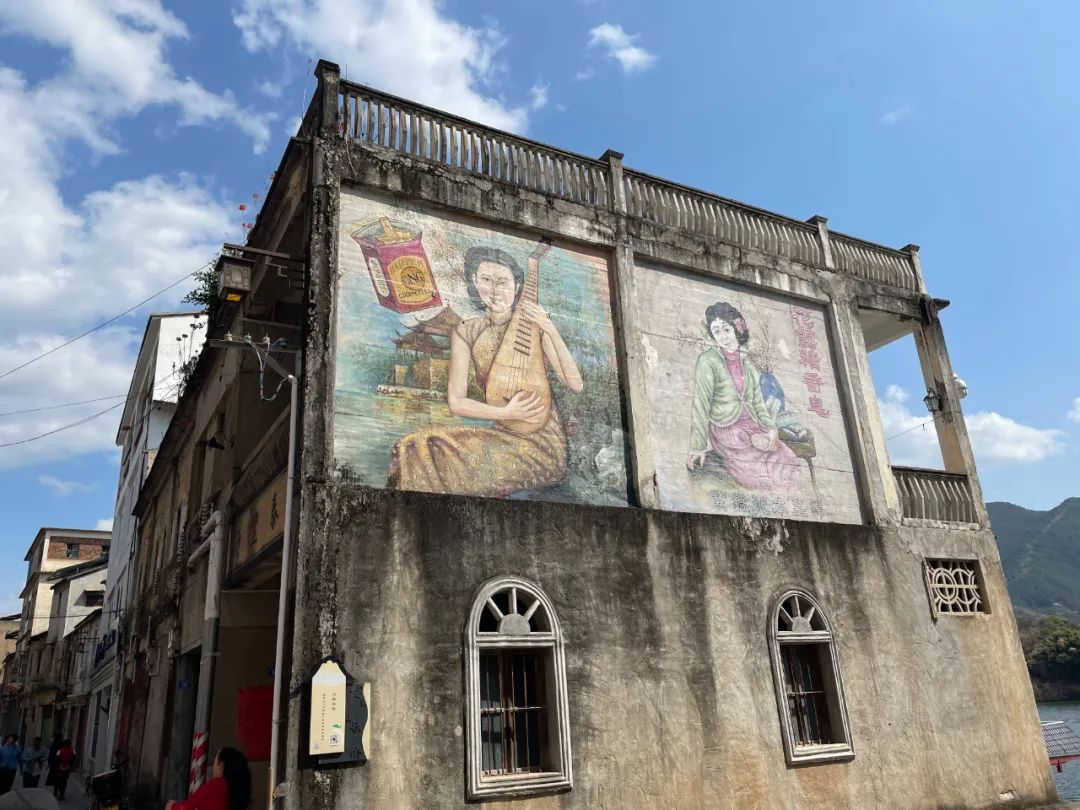
△ Advertising in the ancient town is full of style. /Author's picture confession
The old street is facing the fire boat pier is Songjiang Hostel. It was once the largest hostel in Meizhou. On the 4th floor, you can see the word "Hotel TSUNG KIHN" on the 4th floor.
At that time, many Hakkas lived here for the last night, and after dawn, they bid farewell to the old noodles to the distant Nanyang.
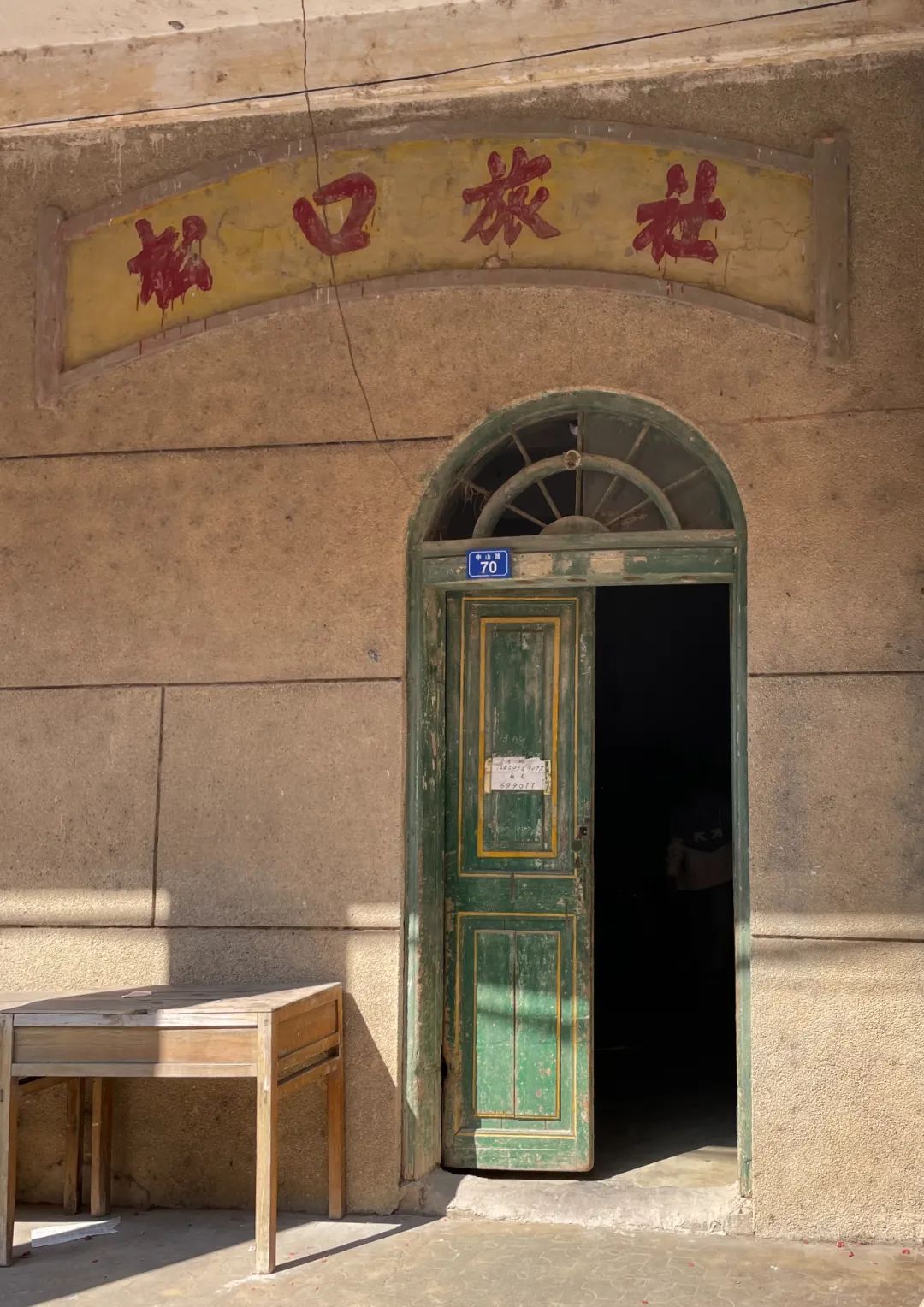
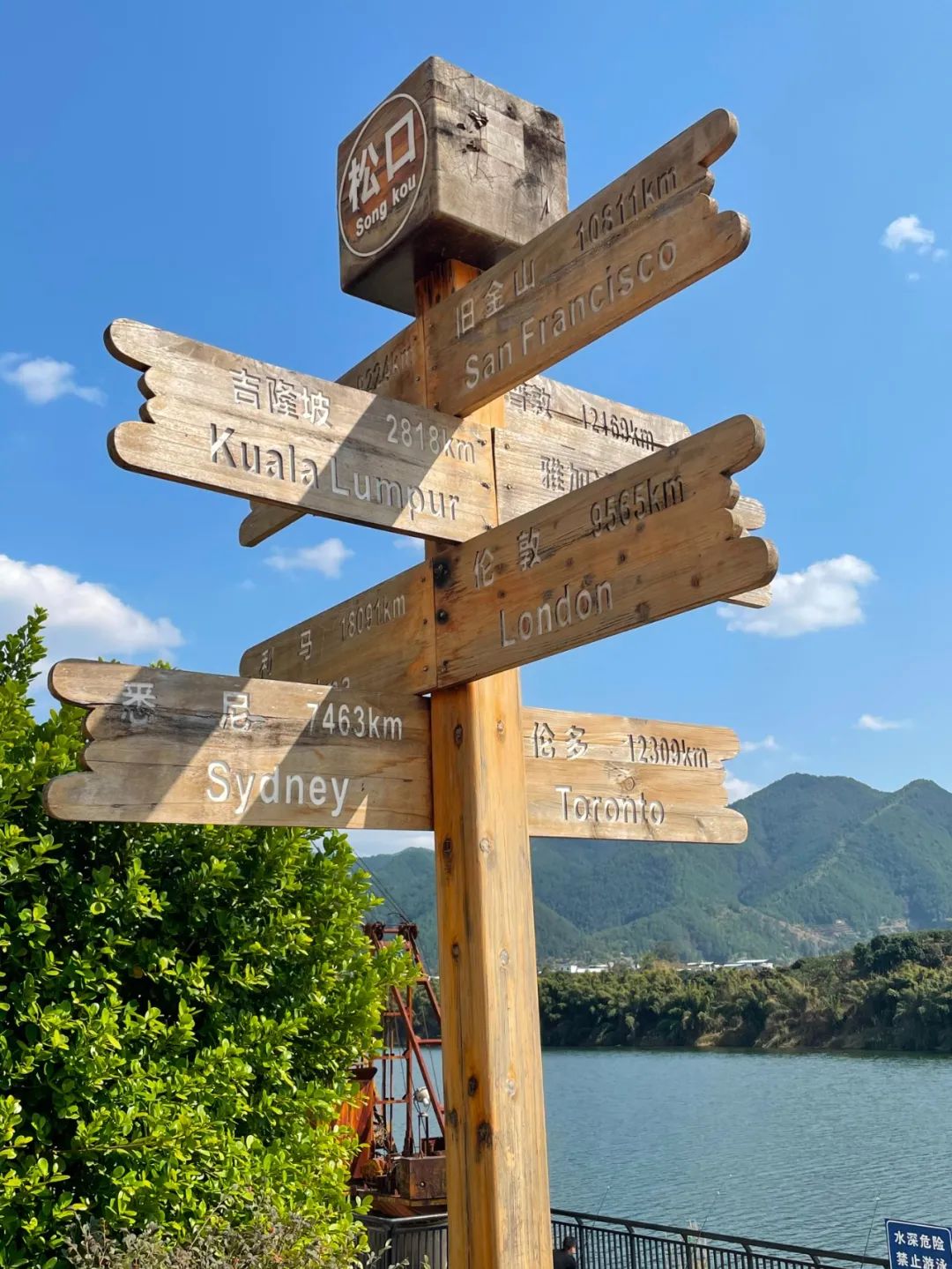
△ The hostel and port of Songkou Ancient Town. /Author's picture confession

"We are all Hakkas"
Meizhou was known as Jiaying in ancient times. It is said that in ancient times, the Meicheng River shore was full of plum blossoms for viewing. Therefore, Meifeng and Meixi landscapes were named.
The ancient city of Meizhou, as its name, seems to bring a kind of tenacious poetry that is hidden in the mountains.
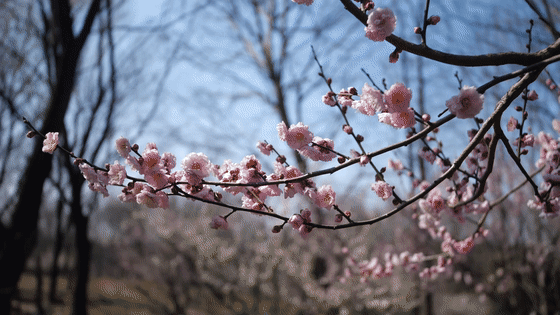
△ Plum Blossom is also the city of Meizhou.
The Hakkas have always been known as "Hakka" and are well known in the name of "hospitality". "Hakka" is the self -recognition of the Hakka people outside, and traced back to the blood of the Central Plains that has moved south. The Hakka people have a strong Central Plains hers in terms of diet or customs.
The memory of the taste buds is like the birthmark of the birthmarks on them is difficult to wear out: dumplings must be made in the New Year's festival, and the southern wheat is made of flour. "Dumpling skin", uses local bamboo shoots, shiitake mushrooms, fungus, etc. to fill the meat, and make various "粄" -"potato flour", "mouse", "sweetness", "sweet" "粄 "" Fairy 粄 "...
It is said that everything can be "brewed" -what is made of tofu, cooked melon, eggplant ... This "brewing" method can also be attributed to dumplings to some extent.
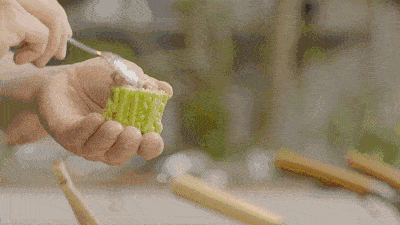
△ Hakkas like to brew various ingredients.
Chaoshan people cannot do without ",", while Hakkas must not be "粄".
They grind rice into pulp, add a little alkaline water to mix, flush the pulp with boiling water, and pour into the pottery "bowl" after fermentation. "Potato flour", "mouse", "粄", "sweet 粄", "peach", "bean 粄", "bean", "fairy 粄" ...

△ Various 的 of Hakka.
The Hakkas of Meizhou cannot have no pasta. Overseas, as long as there are Hakkas, you can see pickled noodles. Fried noodles, noodles, noodles, etc. are also unique.
Hakka Niangjiu is also a combination of ancient Hakka culture and wine culture. It is one of the oldest wines in my country. It was famous as early as the Tang Dynasty. It is not like other wines, produced by wineries, but made by Hakka adult women. △ Hakka Niangjiu is a taste of affection.
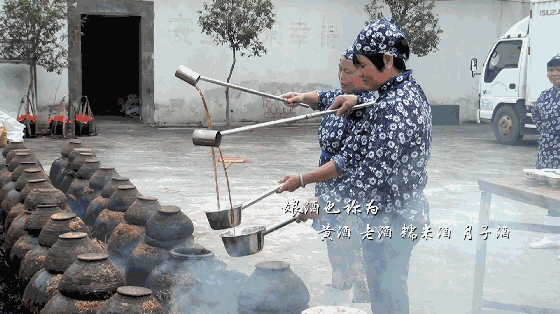
The Hakka cuisine is named after the "salty fragrance" in the Guangdong food industry. Mei cuisine buckle meat and salted chicken have already covered the food. This taste can also see the migration traces of the ancestors of the Meizhou Hakka. They are farming and lived in the mountains.
△ The rice dumplings are strongly pushed. /Author's picture confession
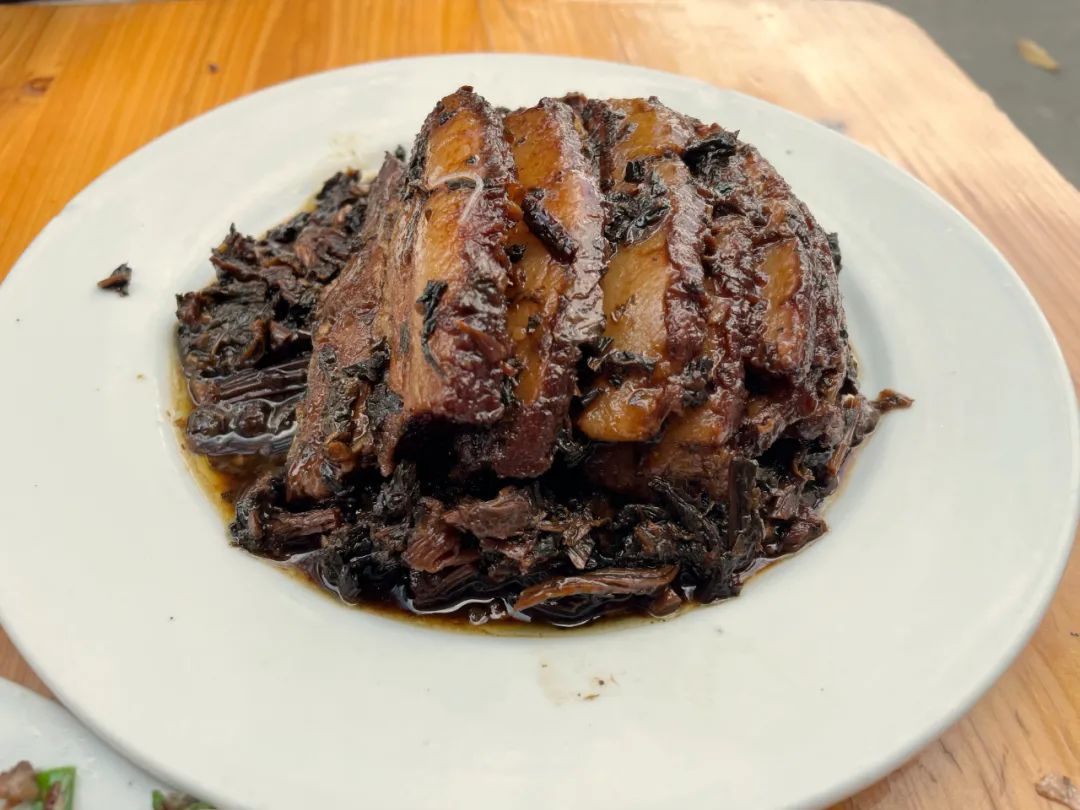
They know the most of the materials on the spot, and the natural gifts have become the ingredients of the Hakkas. They eat rough, miscellaneous, vegetarian, wild, and the original taste retains natural growth food. There is no meat, no duck without fragrant, no elbow is not strong. "
A bowl of simple wolfberry pork soup, the reality of returning to the real taste is not the same.
△ Wolfberry pig miscellaneous soup warms the stomach and warm heart.
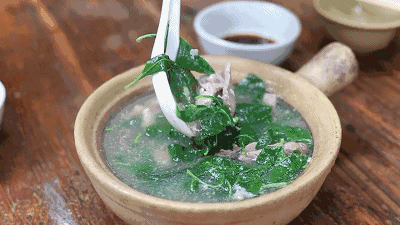
Hakka dialect is still retained as the ancient charm of Zhongzhou. It is said that the Hakka mountain song was profoundly affected by the Fifteen Kingdoms of the Book of Songs, but it also had the vulgarity of the qi and simplicity of the song of the mountains, and the Hanle and Han opera still stubbornly retained the cultural tradition of the ancient Central Plains Han nationality.
Of course, the Hakka culture of Meizhou is a diversified integration, and the folk tea collection drama is affected by the southern Jiangnan. When the Hakkas of Meizhou left Nanyang, they added a lot of Nanyang style to the ancient city of Meizhou.
△ Marshal Ye Jianying, Marshal Ye Jianying, lived here in Dongshan Middle School. /Visual China

In the era of crescents today, the low -key and hard -working character of the Hakkas is still precious.
Meizhou's scent of scent in Guangdong has long been famous in Guangdong. Most of the Hakkas went out to study. They became windy. Meizhou attached great importance to culture and education. When it comes to Chinese football, which has disappointed many people, Meizhou may be the next hope.
Meizhou is also the "hometown of football" in China, and the origin of this land and football can be traced back to 1873. At that time, missionaries from France and Germany founded a school in Yuankeng Village, Wuhua County today, and modern football enlightened. Wuhua County is therefore considered the birthplace of modern football in mainland China.
△ The former residence of Wang Li Huitang is in Wuhua County. /Visual China
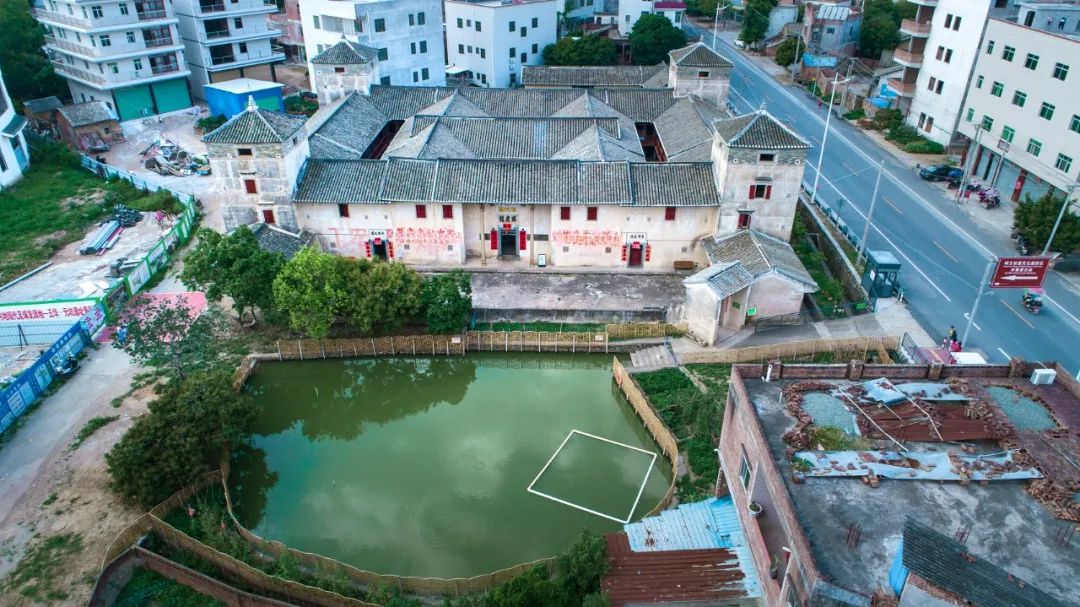
In the 1920s, there was such a sentence in China: "Seeing the show, watching Mei Lanfang, and watching the ball to see Li Huitang." Li Huitang, who was known in China and even the world, is the five Chinese in Meizhou Essence
His story is still sung by the Hakkas. Due to the difficult conditions and without football, Meizhou produced grapefruit. When they were young, they used grapefruit to replace football, ran on the wooden stake field, rolled in the mud, and the small kicked on the wall was kicked out of the wall. The hole is the witness of the growth of the king of the ball.
△ In the previous Meizhou countryside, teenagers played with grapefruit. /Video screenshot
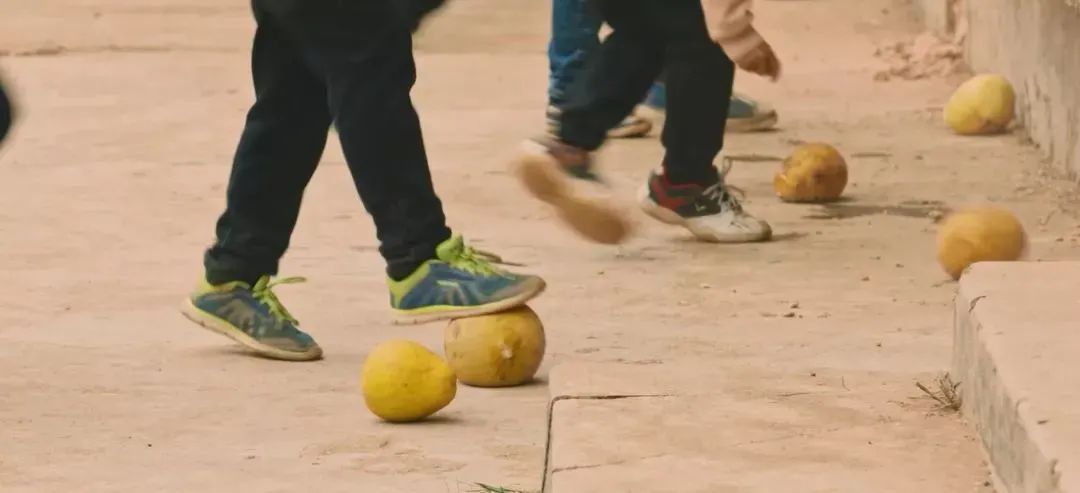
This is not only reminiscent of the story of the Guangdong Hakka band Jiu Lian in "Mo Bullying the Poor" singing the story of Hakka -"Yajin will be out of place, and he will enter the golden. Dao Shan is going to take the torch, and Ya Ai will go out and go out. "
In the case, who is not a foreign country who wandered in another country? To some extent, most people now are like Hakka people who are "alone in a foreign country". What a bad, we still don't forget our original intentions, and tolerance can always be boiled on the beginning of the beginning. There are Hakkas with sunlight.
references:
The ideal China National Geographic of Meizhou Wai Longwu Jugu
Under the influence of Hakka migration history, the traditional village of Meizhou Village Explanation Wang Hengrodhun
Xie Li Feng Yafen, the protection and tourism development of Lingnan Songkou Ancient Town
Hakka people who are going to the world | There is no need to be anti -guest.
Based on the perspective of human and ground environment, Meizhou Hakka diet ingredients are selected and explorated Luo Yingxin
Southeast Asian merchants in modern times to explore the history of Qiufeng
Author: Zhong Wuyan
The picture in the text comes from the Internet
Cover Source: Fu Tao Nine -point full
- END -
Pay attention to prevent!Zhengzhou will welcome a new round of heavy rainfall

Huai'an No. 1 People's Hospital \"Observing 'Shanghai' Healthy Love No Bor

\u0026 nbsp; Spring to summer, clouds are scattered. On the afternoon o...